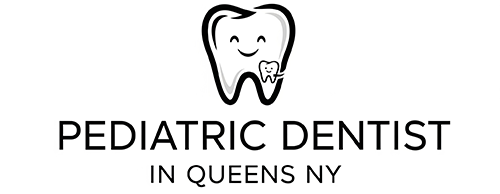The cost of dental braces in the USA varies widely depending on the type of braces, treatment complexity, and location.
This guide synthesizes the latest data to help you understand pricing, insurance coverage, and cost-saving strategies.
Cost by type of braces
Different braces cater to varying needs and budgets. Below are average costs for 2025:
Note: Severe misalignments or bite issues (e.g., overbite, underbite) can increase costs by 20–30%.
| Type | Cost Range | Key Features |
|---|---|---|
| Metal Braces | $3,000–$7,500 | Most affordable, durable, and effective for complex cases. |
| Ceramic Braces | $4,000–$8,500 | Less visible than metal but prone to staining; mid-range pricing. |
| Lingual Braces | $8,000–$13,000 | Hidden behind teeth; higher cost due to customization and complexity. |
| Invisalign/Clear Aligners | $3,000–8,500 | Removable and discreet; suitable for mild to moderate cases. Direct-to-consumer options (e.g., AlignerCo) start at $795. |
| Self-Ligating Braces | $3,000–$8,000 | No elastic bands; easier adjustments and shorter treatment times. |
Factors influencing cost
- Geographic Location: Urban areas (e.g., NYC, LA) often charge 15–25% more than rural regions. For example, lingual braces average 9,000–9,000–11,000 in the Northeast vs. 7,500–7,500–9,500 in the Midwest.
- Treatment Duration: Most treatments span 1–3 years. Longer treatments (e.g., adult cases) may cost more due to additional visits.
- Orthodontist Experience: Specialists with advanced certifications may charge 10–20% more.
- Additional Procedures: Retainers (150–150–500), palatal expanders (1,000–1,000–3,000), or X-rays (100–100–300) add to the total.
Insurance and payment options
- Insurance Coverage: Most plans cover 50% of orthodontic costs for children under 18, with lifetime limits of 1,500–1,500–3,000. Adult coverage is rare unless deemed medically necessary (e.g., jaw pain, TMJ disorders).
- Medicaid/CHIP: Covers braces for children with severe functional issues (e.g., difficulty chewing) but not cosmetic cases.
- Payment Plans: Many clinics offer 0% interest financing or monthly installments (e.g., 66–66–99/month for AlignerCo).
- HSA/FSA: Use pre-tax funds to reduce out-of-pocket expenses.
Ways to save on braces
- Discount Plans: Organizations like Smiles Change Lives offer low-cost braces for qualifying children ($680 application fee).
- Dental Schools: Services at 30–50% discounts, supervised by licensed professionals.
- Compare Providers: Consult 2–3 orthodontists for quotes. Some offer free initial exams.
- Direct-to-Consumer Aligners: Brands like Byte ($2,000–$2,400) or AlignerCo ($795–$1,150) cut costs by eliminating in-office visits.
Hidden costs to consider
- Maintenance: Broken brackets or wires can add $50–$200 per repair.
- Oral Hygiene: Poor care may extend treatment time, increasing costs by$500–$1,000.
- Post-Treatment: Retainers are mandatory to prevent relapse, costing $150–$500.
Q: How long do braces take?
1–3 years for most cases. Adults often require 6–12 months longer than teens.
Q: Does medicaid cover braces?
Only for medically necessary cases (e.g., severe bite issues).
Q: Are clear aligners cheaper than braces?
For mild cases, yes (e.g., $795 for AlignerCo). For complex issues, traditional braces are more cost-effective.
Q: Can I eat normally with braces?
Avoid hard, sticky, or chewy foods (e.g., popcorn, caramel) to prevent damage.
Final Thoughts
Braces are a long-term investment in oral health and confidence. While costs can be steep, options like insurance, payment plans, and discount programs make treatment accessible.
Always consult an orthodontist to tailor a plan to your needs and budget.

Dr. Mary G. Trice is a renowned pedodontist based in Queens, NY. With an unwavering dedication to children’s dental health. In addition to her clinical practice, Dr. Trice is the writer and manager behind the informative platform pediatricdentistinqueensny.com. Through this site, she offers valuable insights, tips, and resources for parents and guardians, aiming to bridge the gap between professional dental care and everyday oral hygiene practices at home.
